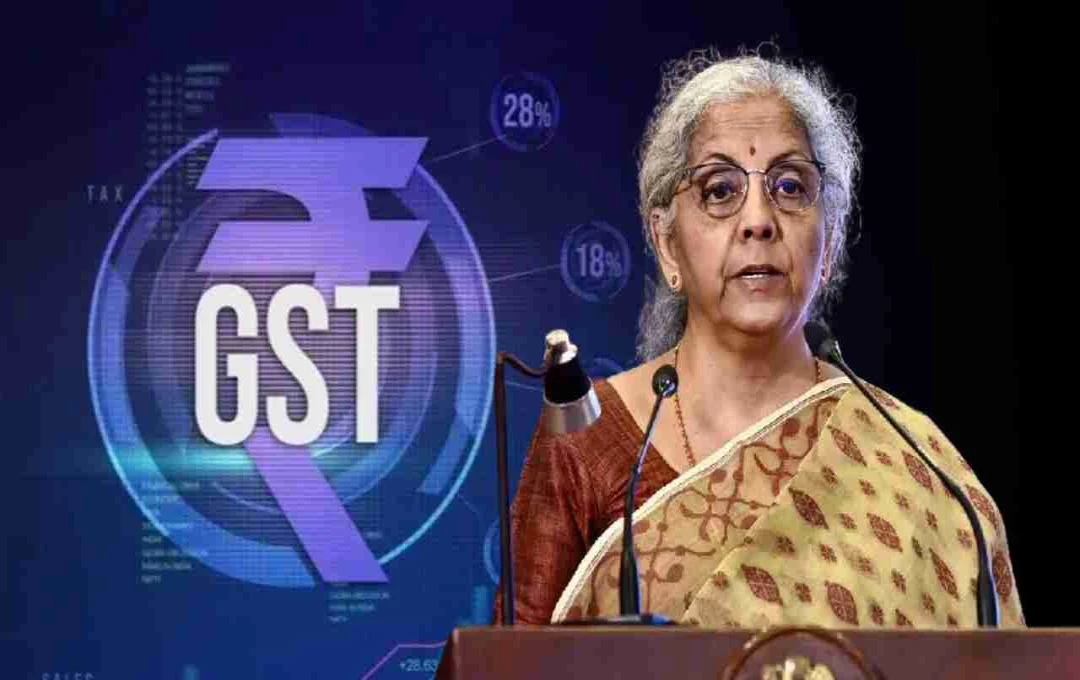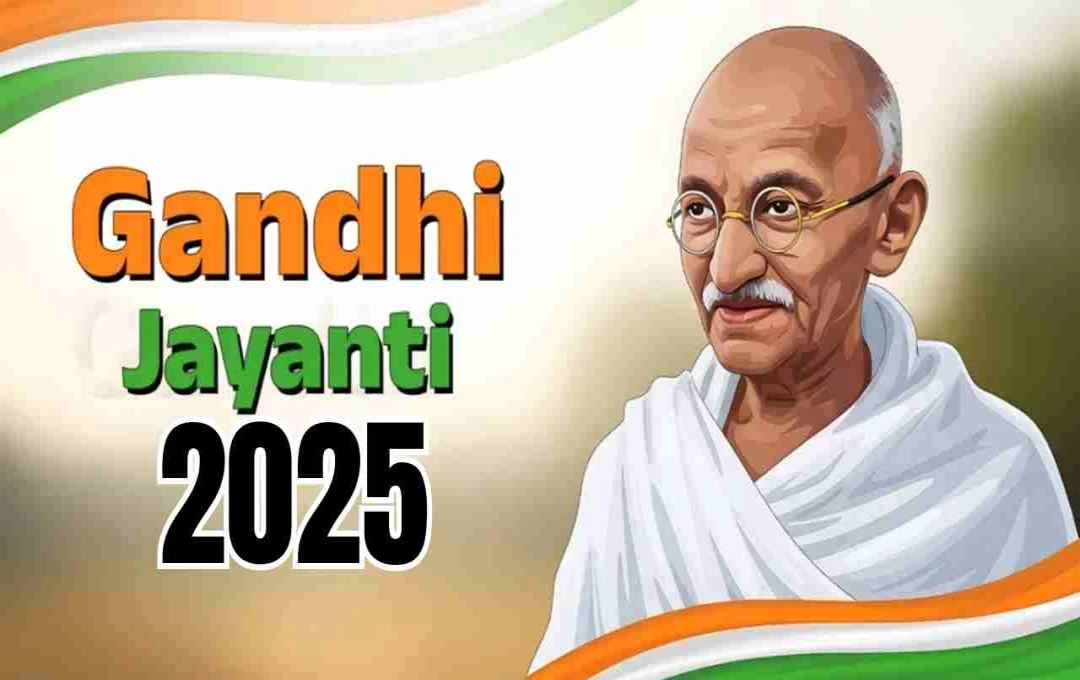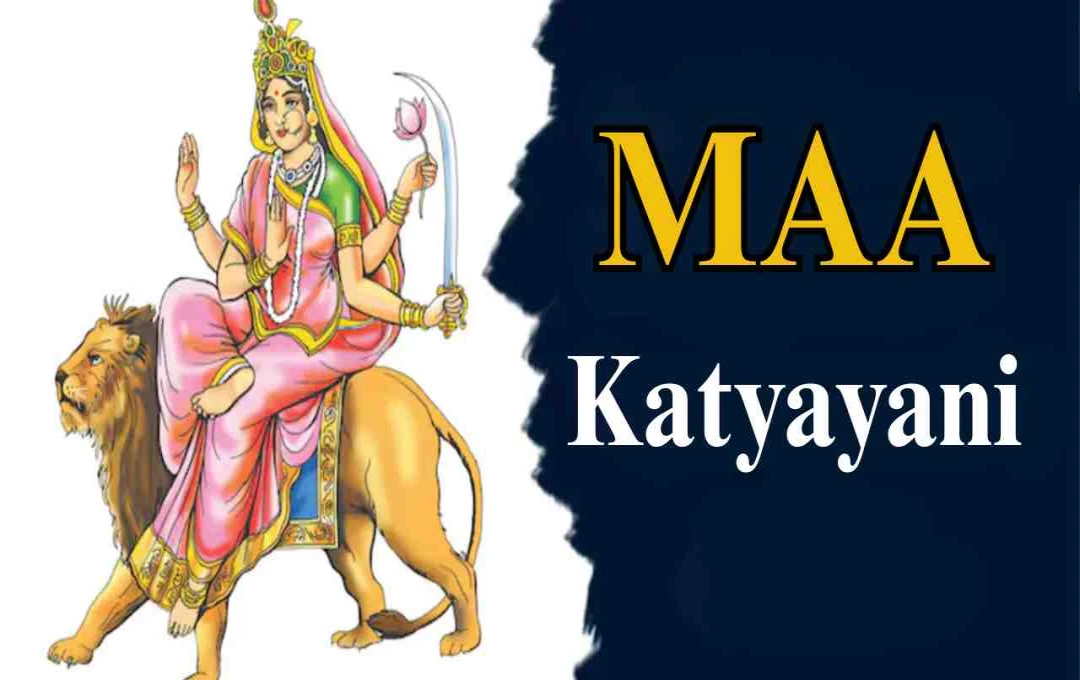The central government has proposed a two-slab structure of 5% and 18% to simplify GST rates. This involves removing the 12% and 28% slabs and bringing most goods into the lower rates. Finance Minister Nirmala Sitharaman will discuss this in a meeting of the Group of Ministers (GoM) from the states.
New Delhi: Union Finance Minister Nirmala Sitharaman is scheduled to attend a crucial meeting this week to discuss significant changes to the Goods and Services Tax (GST) rates. The meeting will be held on August 20 and 21 in Delhi, where the Group of Ministers (GoM) from the states will consider the new tax system.
The government's aim is to simplify the tax slabs and reduce the burden on the common people. If this proposal is passed, many everyday items could become cheaper.
Consideration of a Two-Slab System
Currently, GST is collected at four different rates. The existing rates are 5 percent, 12 percent, 18 percent, and 28 percent. The central government has now put forward a new proposal that includes only two main slabs, which will consist of the 5 percent and 18 percent rates.
The proposal suggests eliminating the 12 percent and 28 percent slabs. It is suggested that approximately 99 percent of the goods currently under the 12 percent slab be reduced to the 5 percent category. Similarly, it proposes that 90 percent of goods and services be moved from the 28 percent rate to the 18 percent rate.
What Things Will Be Affected

If this proposal is implemented, the biggest beneficiaries will be the general consumers. Many daily use items such as packaged food, household goods, and services could become cheaper.
In the new tax structure, goods will be divided into two parts. The first part will consist of ‘Merit Goods,’ which are essential and commonly used items. The second part will consist of ‘Standard Goods,’ which are goods and services that are taxed at a normal rate.
This arrangement is expected to provide relief to the middle class, farmers, and the Micro, Small, and Medium Enterprises (MSME) sector.
Higher Tax to Remain on Demerit Goods
The central government has clarified that higher tax rates will continue on certain specific items. These include pan masala, tobacco, and online gaming. There is a proposal to levy up to 40 percent tax on these items.
The aim of this step is to control addiction-related items and to ensure that the government receives adequate revenue from this sector.
Who Will Be Participating in the Meeting
In this meeting, Finance Minister Nirmala Sitharaman will address the Group of Ministers from the states. Although the central government is not a member of this group, the presence of the Finance Minister will help the states understand the central government's perspective.
The group is headed by Bihar's Deputy Chief Minister Samrat Choudhary. In addition, Uttar Pradesh's Finance Minister Suresh Kumar Khanna, Rajasthan's Minister Gajendra Singh, West Bengal's Finance Minister Chandrima Bhattacharya, Karnataka's Minister Krishna Byre Gowda, and Kerala's Finance Minister K. N. Balagopal are also included.
Expectations of Consumers and Industry

If the GoM approves this proposal, it will be presented in the next GST Council meeting. The final decision will be taken there.
The industry is closely watching this meeting. They believe that if tax rates decrease, demand will increase and business will accelerate. Consumer organizations say that the implementation of new rates will reduce inflation and provide relief to people.
What Will Be the Impact on Revenue
The government says that despite the changes in rates, there will be no reduction in revenue. In fact, when tax slabs decrease, consumption will increase, and more and more people will come into the tax net. This can keep revenue collection stable.
Economists believe that simplifying the tax structure is essential. The current multiple rates not only cause problems for businesses but also create confusion for consumers.















